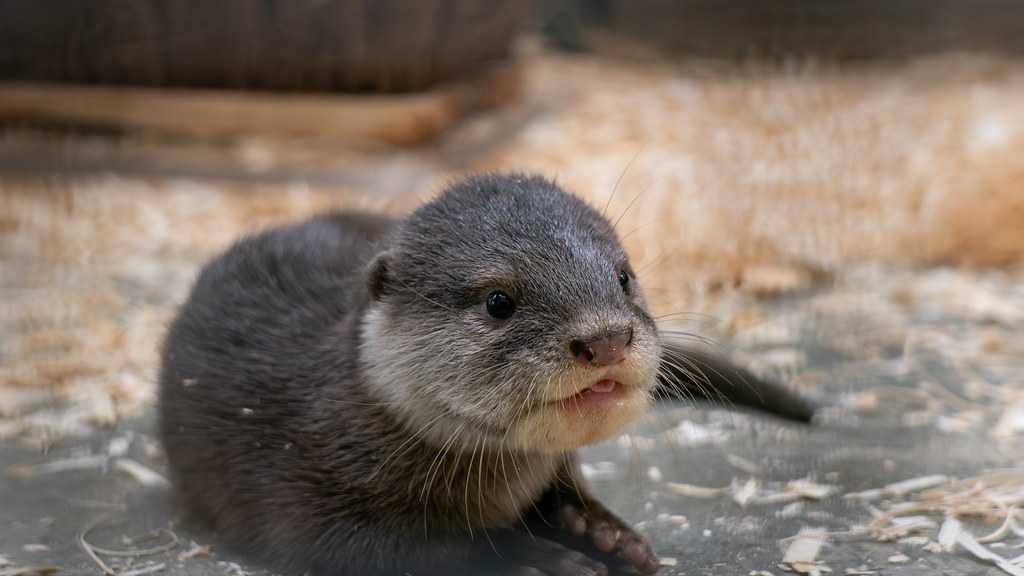Four Asian small-clawed otter pups made their public debut this week at the zoo’s newly opened Elephant Trek habitat. Born on May 9, the pups — Ripple, Splash, Puddles, and Scuttle — have been growing behind the scenes since their surprise arrival just a month after their parents were brought to the zoo in April.Visitors got their first glimpse of the playful pups Wednesday, though spotting them may require a bit of patience. “They’re very, very cute in my opinion,” said young zoo-goer Liam, with his sister Maddie quickly agreeing, “Yeah!”Wendy Rice, a zookeeper at the Cincinnati Zoo, shared that the Asian small-clawed otter is the smallest otter species in the world. Native to Southeast Asia, they play a crucial role in maintaining the health of ecosystems.“If these guys exist in an environment in the wild, it means it’s a really healthy ecosystem,” Rice explained. “So they’re really, really important indicator species for scientists studying environments.”The pups are still adjusting to their new surroundings and are known to nap often, so zoo staff encourage visitors to be patient if they don’t see them right away.But when they do make an appearance? As Rice puts it: “They have so much personality.”The otter family is now part of the Elephant Trek experience — a massive new exhibit at the zoo — adding even more excitement for summer visitors.
CINCINNATI —
Four Asian small-clawed otter pups made their public debut this week at the zoo’s newly opened Elephant Trek habitat.
Born on May 9, the pups — Ripple, Splash, Puddles, and Scuttle — have been growing behind the scenes since their surprise arrival just a month after their parents were brought to the zoo in April.
Visitors got their first glimpse of the playful pups Wednesday, though spotting them may require a bit of patience. “They’re very, very cute in my opinion,” said young zoo-goer Liam, with his sister Maddie quickly agreeing, “Yeah!”
Wendy Rice, a zookeeper at the Cincinnati Zoo, shared that the Asian small-clawed otter is the smallest otter species in the world. Native to Southeast Asia, they play a crucial role in maintaining the health of ecosystems.
“If these guys exist in an environment in the wild, it means it’s a really healthy ecosystem,” Rice explained. “So they’re really, really important indicator species for scientists studying environments.”
The pups are still adjusting to their new surroundings and are known to nap often, so zoo staff encourage visitors to be patient if they don’t see them right away.
But when they do make an appearance? As Rice puts it: “They have so much personality.”
The otter family is now part of the Elephant Trek experience — a massive new exhibit at the zoo — adding even more excitement for summer visitors.
